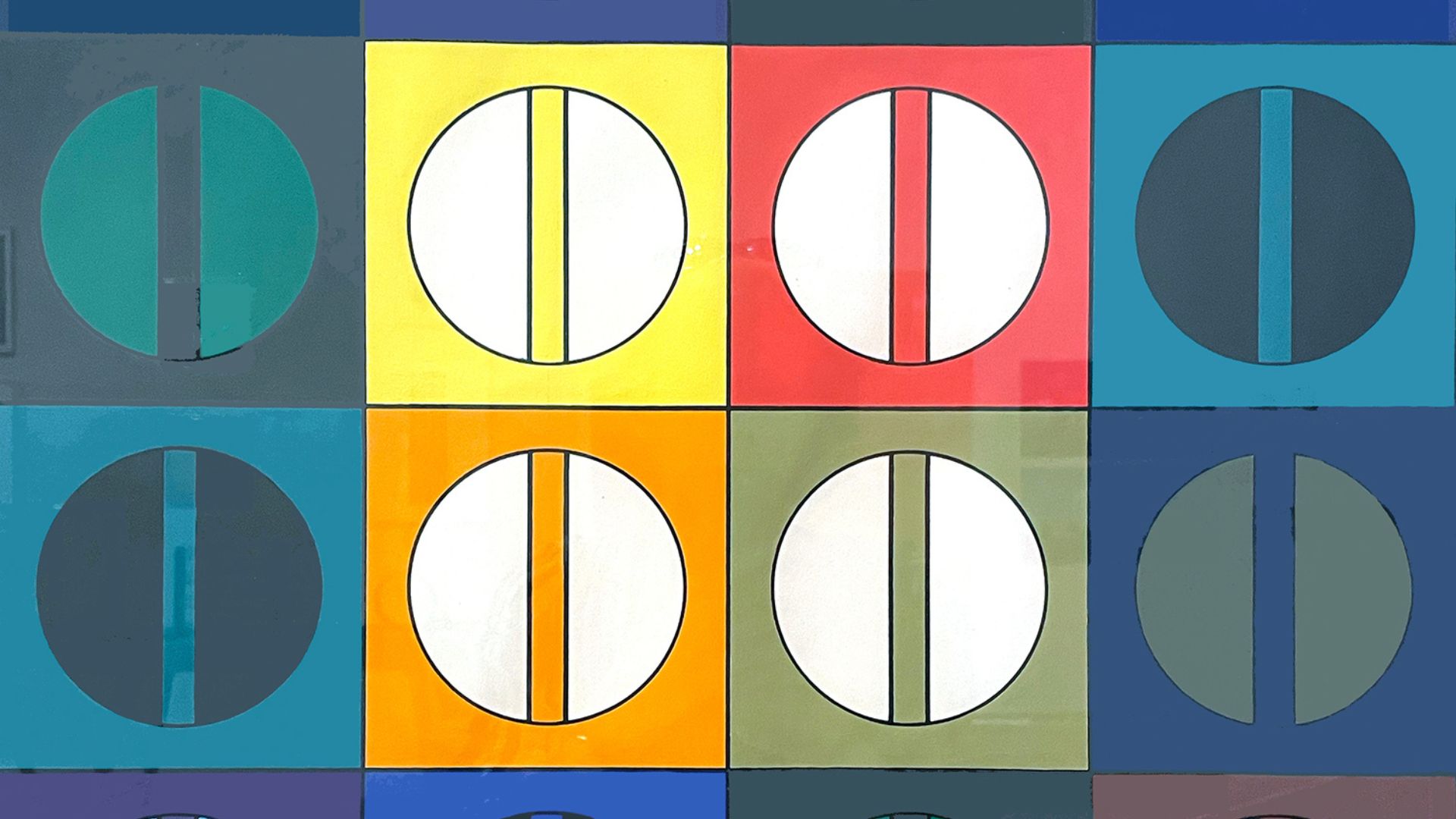|
Only have a minute? Listen instead
Getting your Trinity Audio player ready...
|
“El Estudio” is a beautiful exhibition that vibrates with relationships between art and physics and invoking bursts of joy. Designed by creative science and children’s museum exhibit designers from the Exploratorium in San Francisco, and the Sietecolores team from Mexico City, it is meant to serve as a harbinger of the International Museum of Art & Science’s future direction.
Participation takes charge of the floor area of the gallery, enticing visitors to explore fascinating hands-on pieces involving sound, color, light, shape, pattern, motion and transfer of energy. Works from the IMAS permanent collection fill the wall spaces, acting as a spacial frame for the three-dimensional pieces and demonstrate artistic usage of those elements. It is a winning combination.
Movement happens in all the floor pieces, but a T-shaped form seemingly suspended within a large circular framework is hypnotic. With a simple turn it becomes kinetic, and not in expected ways. Showing motion and transfer of energy is a double table with support constructs involving domino forms and golf balls.
There are two areas that promote playing with light and I became easily and deeply engaged with the instant digital stop-action animation desk. This is when the realization that art is really fun kicks in — the urge to create/instigate and see what happens. The curious adult becomes no less immune to these experiences than the curious child.
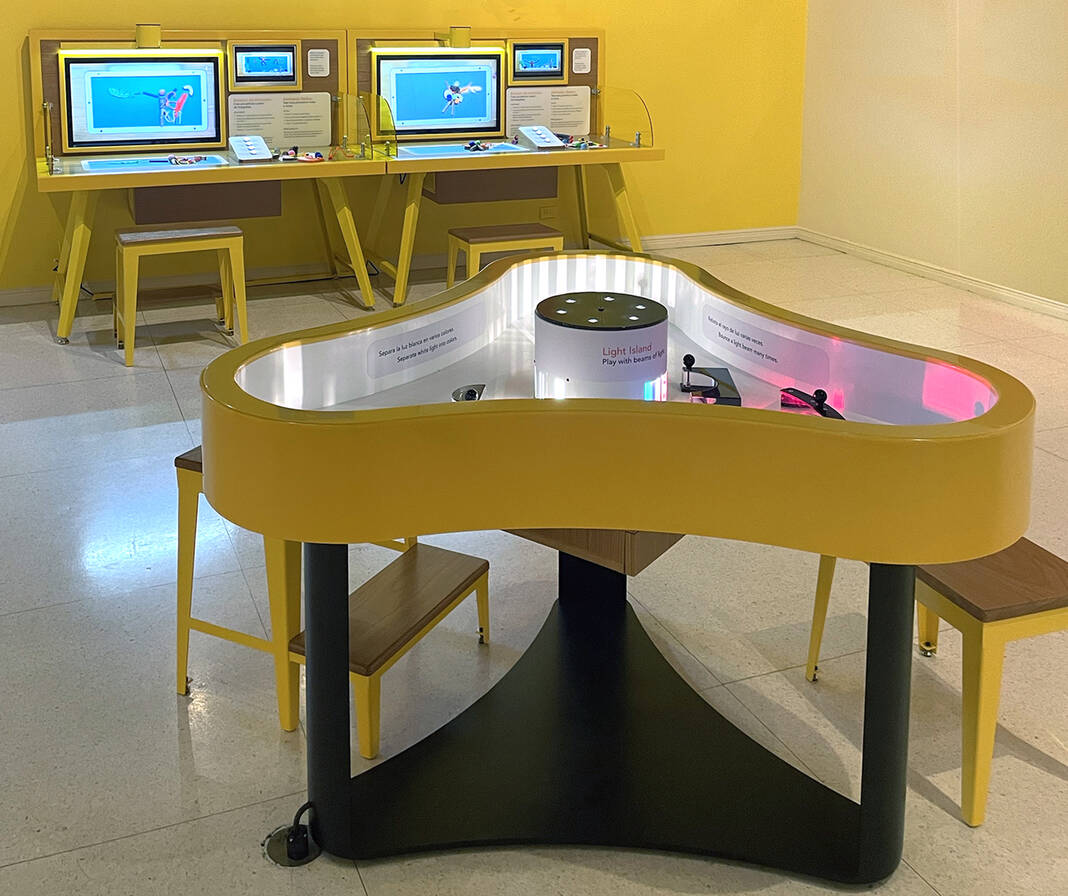
The Exploratorium
(Courtesy: Nancy Moyer)
The 1970s era geometric works selected from the permanent collection comprise a wonderful extension to the participation pieces. Many prints from the Charles and Dorothy Clark collection are on view, but refreshingly, there are works also reflecting that period that have not been shown, and the addition of Frank Manuella’s shaped acrylic paintings add welcome focal points to a collection existing of smaller works on paper. Placed among the several angular works, his paintings show graceful, rich, curvilinear bands of color with a mind of their own.
Lee Krasner’s “Embrace” is frozen movement, and its sharp-edged shapes reference a painful connection. Works demonstrating the physical elements are found throughout the gallery for a magically comprehensive exhibition.
“El Estudio” underscores the importance of play as a tool for exploration, innovation, and personal expression. Whether you’re a seasoned artist, a budding scientist, or simply curious, IMAS believes that the act of play is not just for children — it’s a vital aspect of creativity and learning at any age.
This show is meant to represent a future direction of the museum. In 2022, IMAS initiated a strategy by bringing together Master Plan architect Laura Warren of The Warren Group, with exhibit developers from the Exploratorium and the Sietecolores team.
The Warren Group has created a master plan for transforming the existing museum buildings and a recently acquired building adjacent to the museum campus into more exhibit spaces, a vault for the permanent collections, adequate staff workspaces, a meeting room, and a new entrance that takes advantage of the busy Nolana and Bicentennial intersection.
An exhibit plan was created, grounded in object-based learning and educational practices. A key part of this will result in three interactive galleries: The Studio, which is now on display, The Plaza, and The World, that use the museum’s permanent collection alongside new interactive exhibits encouraging visitors of all ages to explore and discover the intersections and distinctions of art and science that shape our natural world and human experiences.
‘El Estudio’
WHERE: International Museum of Art & Science, 1900 Nolana Ave., McAllen
WHEN: Permanent exhibit
HOURS: 10 a.m. to 5 p.m. Wednesday through Saturday and 1 p.m. to 5 p.m. Sunday
CONTACT: (956) 681-2800 or theimasonline.org
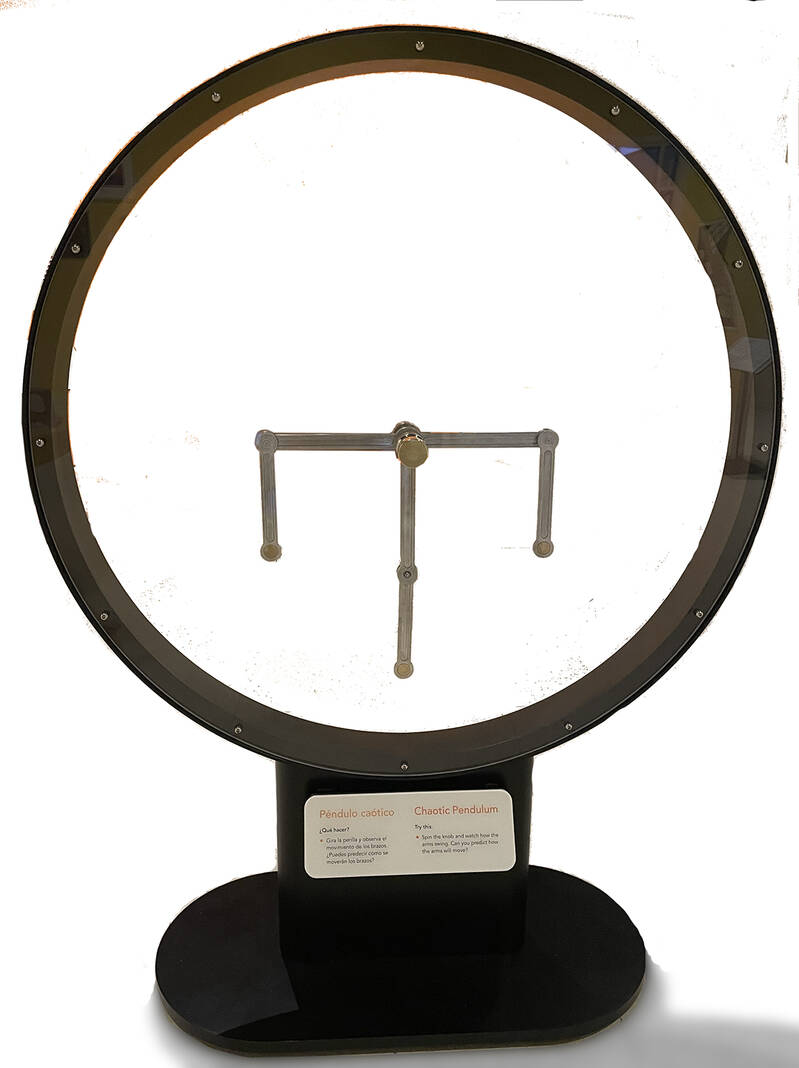
The Exploratorium
(Courtesy: Nancy Moyer)
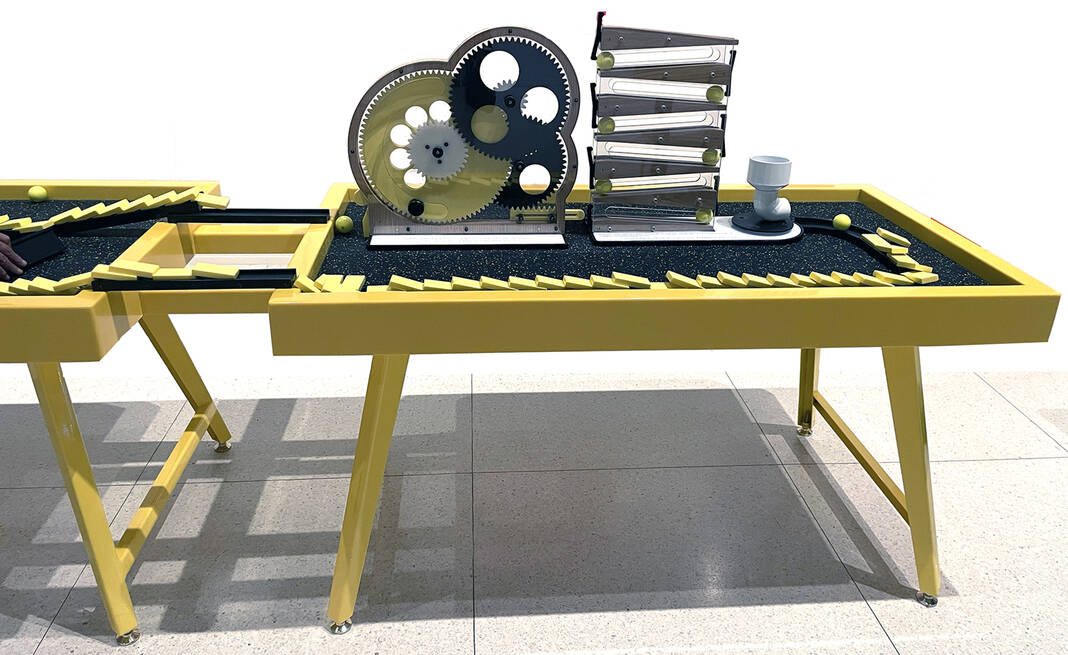
The Exploratorium
(Courtesy: Nancy Moyer)
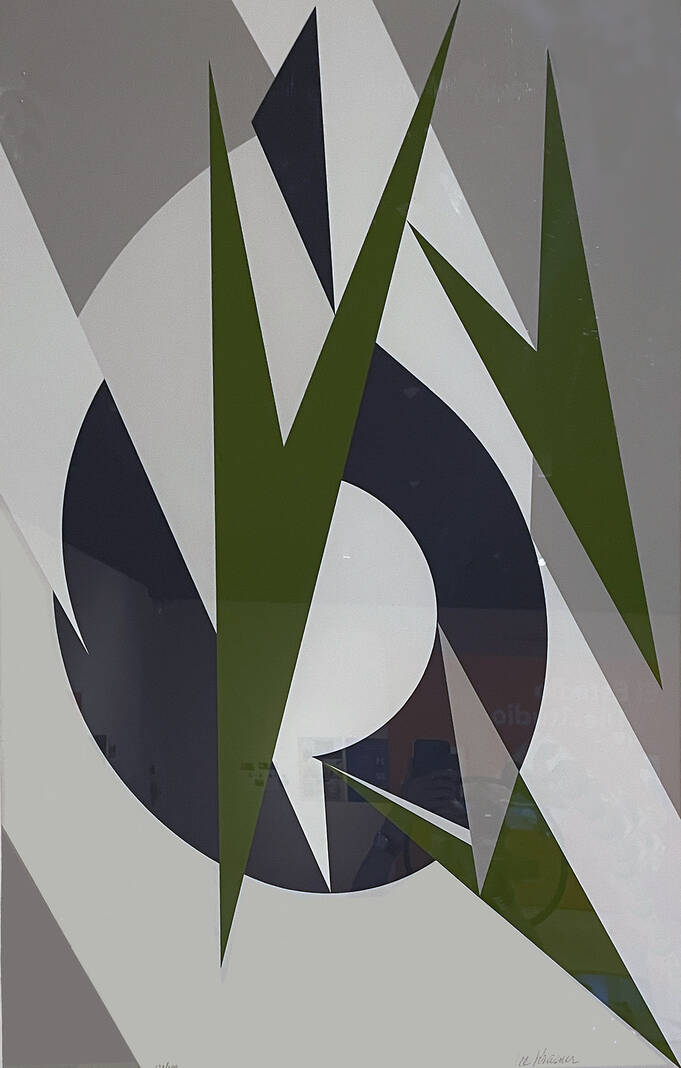
Silkscreen print
c. 1970
(Courtesy: Nancy Moyer)
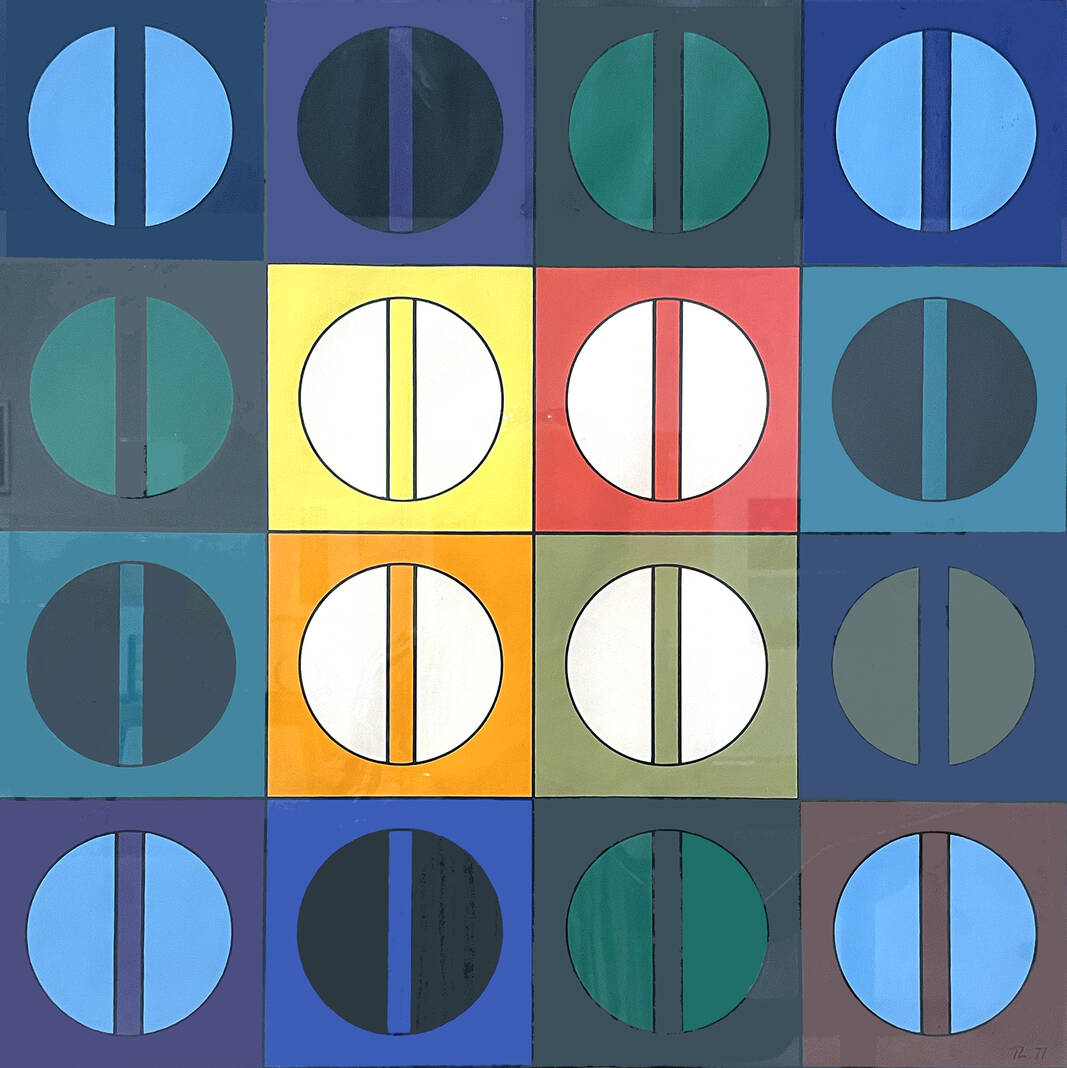
Acrylic on paper
1971
(Courtesy: Nancy Moyer)

The Exploratorium
(Courtesy: Nancy Moyer)
Nancy Moyer, Professor Emerita of Art, is an art critic for The Monitor. She may be reached at [email protected].

